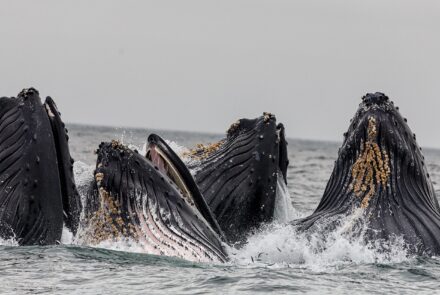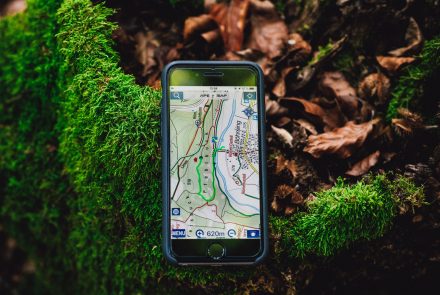Intro Early History, World I | The Little Ice Age -43626 / 43627- (HIST 1111 – 01/02)
Professor: Dagomar Degroot
Human greenhouse gas emissions are today causing Earth’s average temperature to rise more quickly than it has in the history of our species. Yet even before the industrial period, Earth’s climate was never stable. Natural forces set in motion preindustrial climate changes that may not have reached the scale of present-day warming, but still had profound consequences for societies the world over.
In this course, we will explore one of the greatest of these climate changes: the global cooling that lingered from the thirteenth through the nineteenth centuries, and is today called the “Little Ice Age.” We will discuss how volcanic eruptions and fluctuations in solar activity lowered Earth’s average temperature, and how scholars have reconstructed these changes through time. We will investigate the human consequences of the Little Ice Age, and find lessons for our warmer future. In the process, we will learn about the discipline of environmental history, which draws from both the sciences and the humanities to explore how humanity has altered, and been altered by, the nonhuman world.






